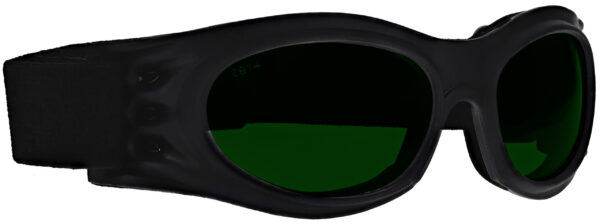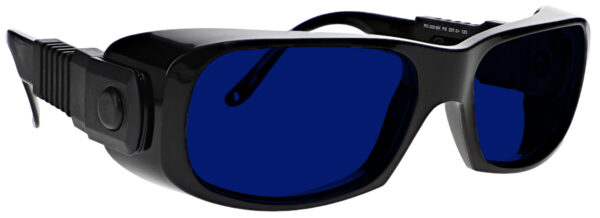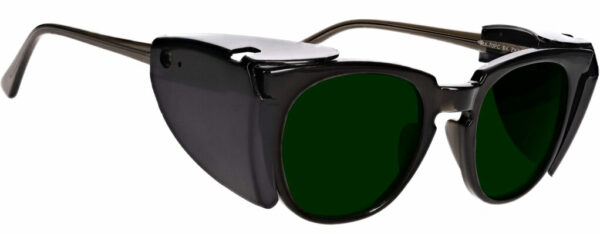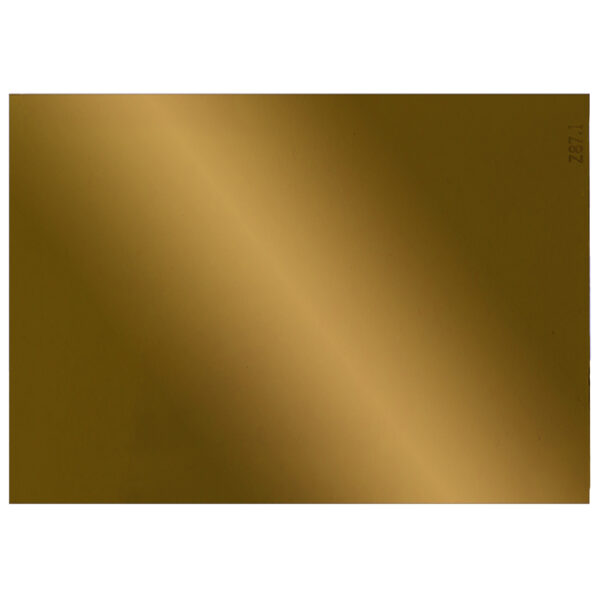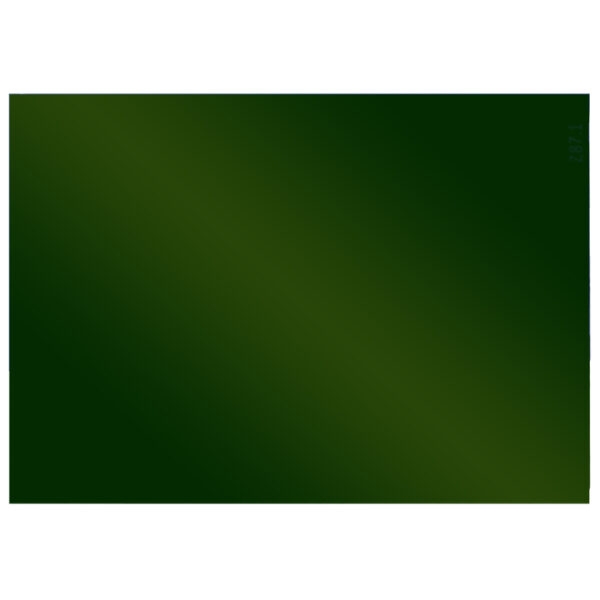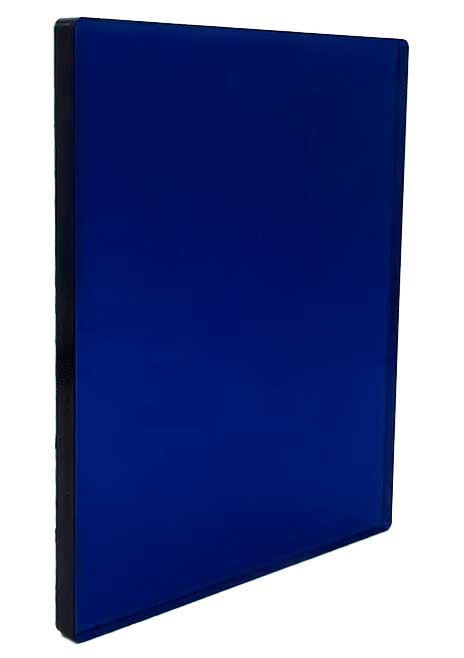Welding and Cutting Safety in Shipyard: Choosing the Right Filter Shade
Welding, cutting, and brazing operations pose various health hazards, such as exposure to metal fumes and ultraviolet (UV) radiation. In addition, safety hazards like burns, eye damage, electrical shock, and cuts are common in these operations. The good news is that implementing proper work practices and using personal protective equipment (PPE) can effectively control many of these hazards.
Workers are at risk of eye injuries from the electromagnetic energy emitted by an arc or flame, commonly known as radiant energy or light radiation. To avoid these hazards, personal protective equipment such as safety glasses, goggles, welding helmets, or welding face shields must be used. The equipment should have filter lenses with a suitable shade number that offers adequate protection against the radiation.
HOW TO ENSURE PROPER EYE PROTECTION WITH THE RIGHT FILTER SHADE
Both employees performing welding work and personnel observing the operation, such as a fire watch or assistant, are required to adhere to the minimum protective lens shade numbers for welding and cutting processes. The following tables, from the Occupational Safety and Health Administration, outline the appropriate shade numbers for various commonly used processes.
Phillips Safety offers a wide range of welding filter shades to meet the various needs of workers in the welding industry. We offer shades that range from 2 to 14, with different levels of protection against light radiation. A shade number represents the level of light radiation that a filter lens allows to pass through to the eyes. The higher the shade number, the darker the filter and the lower the amount of light radiation passing through the lens.
According to OSHA, if a worker wears eyewear with filter lenses under a welding helmet, it may reduce the shade number of the helmet lens. To ensure adequate protection, the combined shade numbers of both lenses must match the values listed in the tables below (29 CFR 1915.153(a)(4) and ANSI Z49.1:2005 Safety in Welding, Cutting, and Allied Processes). Moreover, all protective face and eye equipment must comply with ANSI Z87.1, which outlines guidelines for the selection, usage, and maintenance of such equipment in occupational and educational settings (29 CFR 1915.153(b)).
To minimize the risk of flying objects injuring workers’ eyes and face, it is essential to provide adequate side protection with the selected protective device(s). This is particularly important when dealing with hazards such as slag chips, grinding fragments, and grinding bristles. Workers who wear a welding helmet with filter lenses must also use glasses with side shields or goggles when working in environments where such risks exist.
OSHA’S WELDING FILTER LENS REQUIREMENTS: WHAT YOU NEED TO KNOW
When it comes to shade number recommendations, OSHA’s general guideline is to begin with a shade that is too dark to perceive the weld zone. Then, gradually move to a lighter shade that provides adequate visibility of the weld zone without going below the minimum shade required. For oxygen gas welding or cutting processes, where the torch produces intense yellow light, a filter lens that absorbs the yellow or sodium line in the visible light spectrum of the operation is recommended. This will enhance visibility and reduce eye strain during the welding or cutting process.
In the tables below you can find the Occupational Safety and Health Administration’s (OSHA) guidelines for selecting appropriate filter lenses for various welding and cutting operations. OSHA specifies the minimum protective lens shade numbers for Shielded Metal Arc Welding, Gas Welding and Oxygen Cutting Operations, and other Welding and Cutting Operations. These guidelines are critical in ensuring worker safety and preventing health hazards, including exposure to harmful levels of radiant energy and metal fumes. By following these guidelines, workers can select the appropriate filter lenses for their specific welding and cutting tasks, ensuring adequate protection for their eyes and face.






PHILLIPS SAFETY'S WELDING FILTER SHADES FOR WORKER PROTECTION
In conclusion, welding, cutting, and brazing operations come with numerous health and safety hazards that can result in serious injuries if not properly addressed. However, with proper work practices and personal protective equipment (PPE), workers can mitigate most of these hazards. To ensure adequate protection against the hazards of radiant energy and metal fumes, selecting the right filter lens shade is essential.
Phillips Safety provides a wide range of welding filter shades to meet the various needs of workers in the welding industry. With shades ranging from 2 to 14, workers can select the appropriate shade that offers the necessary protection. Additionally, by adhering to OSHA’s guidelines for selecting appropriate filter lenses for various welding and cutting operations, workers can ensure their safety and prevent health hazards. By combining proper work practices and high-quality protective equipment, workers can protect themselves from injury and ensure a safe working environment.
